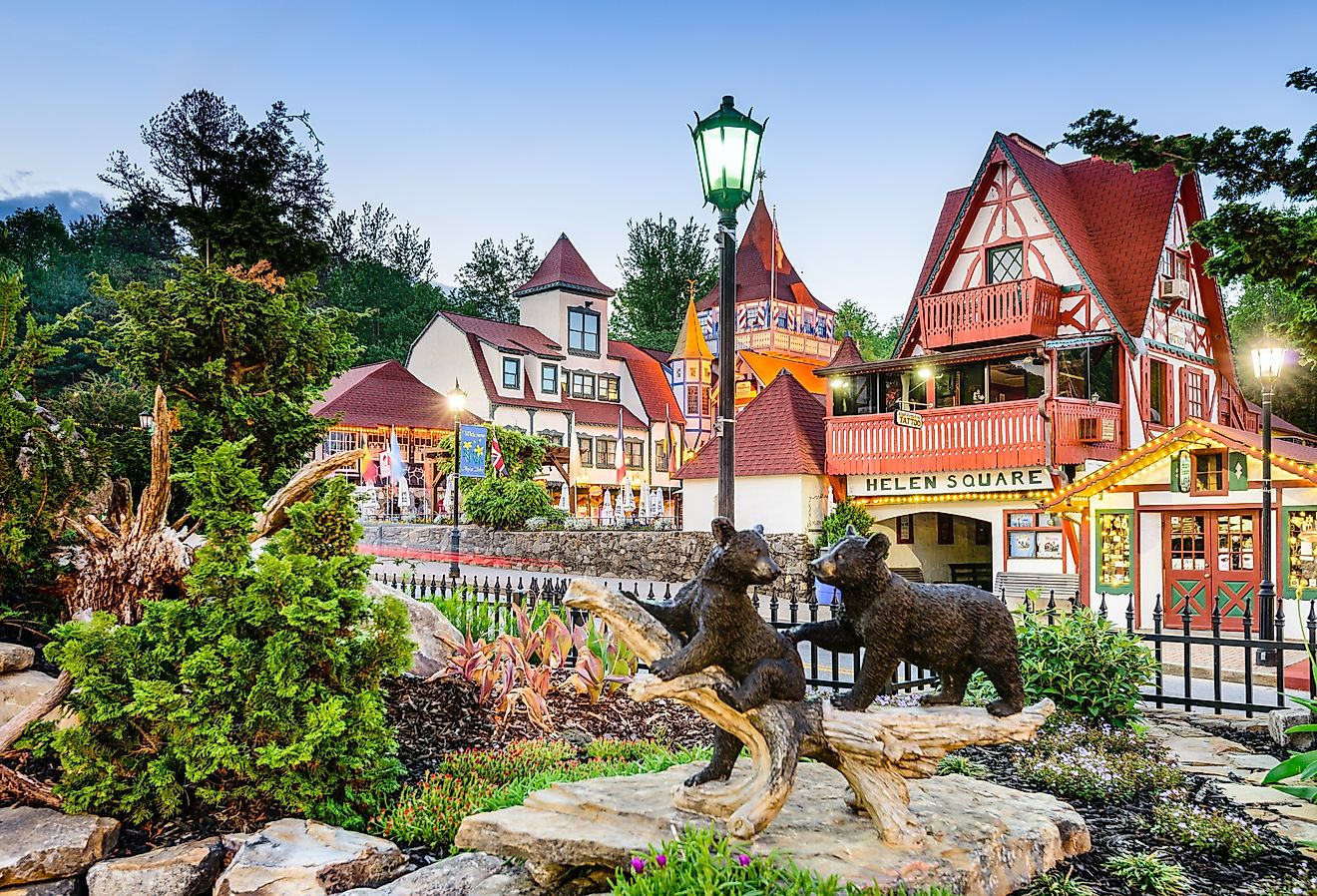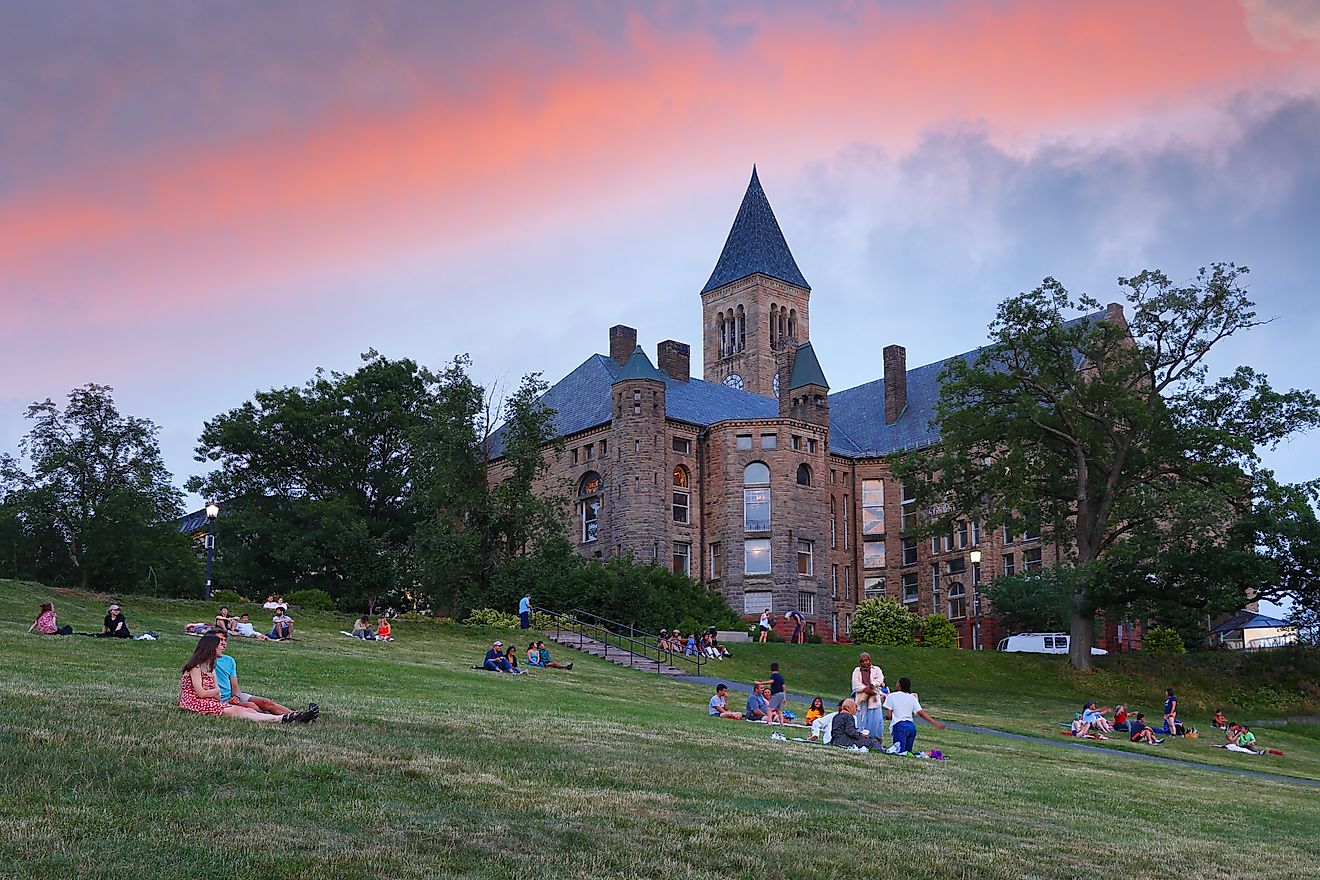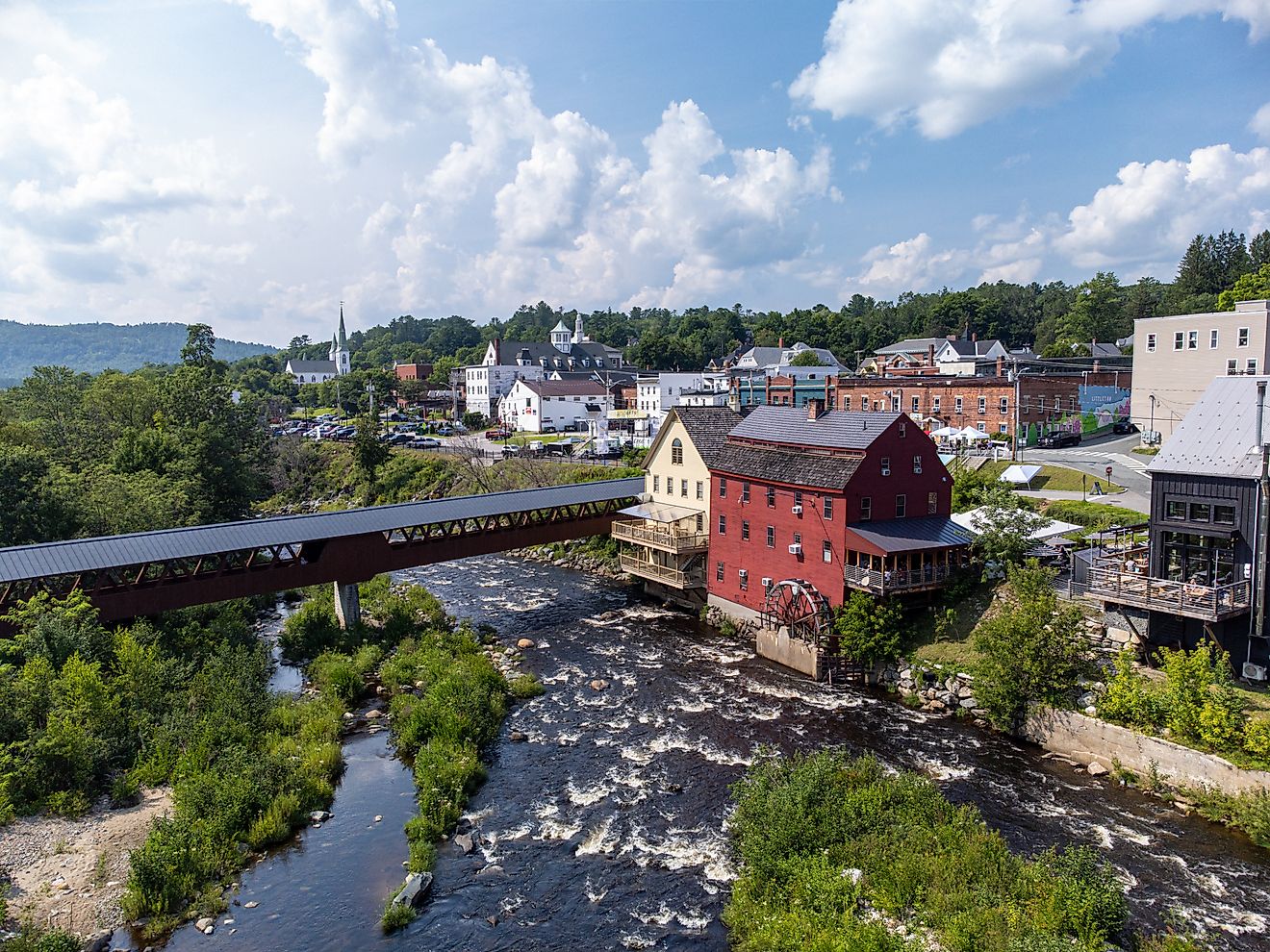
Mexicali, Mexico
Mexicali is the capital of the Estado (state) of Baja California in northern Mexico. The city is located across the border from Calexico, California. The name Mexicali was adopted as a show of international brotherhood, combining the first two syllables of Mexico and California.
Geography Of Mexicali

The Mexicali Valley is one of Mexico's largest and most productive valleys. The valley, which has similar productivity to the Imperial Valley, grows over fifty different crops. To take advantage of the city's tax-free status, national and multinational firms have made investments in Mexicali and nearby areas. The Mexicali Valley is an important water supply for the region, which is home to Mexico's most extensive water supply.
Climate Of Mexicali
The climate of Mexicali is an arid climate, with mild winters and blistering summers. During the winter, the temperature exceeds 20°C during the day, although the evenings are relatively cold. Because of the mountains' isolation from Pacific currents, it is the hottest location in Mexico and one of the warmest in North America in the summer. The hottest days of the year generally occur in June or early July. In July 1995, the highest temperature ever recorded was 50 ℃. The humidity rises somewhat in July and August, making the heat even more unpleasant. The city of Mexicali is renowned as "the city that captured the sun," there is no better word to describe the desert climate and hot days that prevail in Baja California's capital, located north of Mexico.
Mexicali’s Population And Economy

In 2020, the population of Mexicali was 1,049,792 people, with 49.6 % women and 50.4 % men. The age categories with the biggest population concentrations were 20 to 24 years (91,917 people), 15 to 19 years (87,742 residents), and 25 to 29 years (87,742 occupants) (86,787 inhabitants). They made up 25.4 percent of the total population. Mexicali's economy has traditionally been based on agricultural products, and this is a key portion of the economy to this day. However, as time progressed, its economy evolved from rural to industrial, particularly maquiladoras.
Tourist Attractions In Mexicali

Hardy River
The Hardy River, which Sir William Hale Hardy discovered, flows 45 minutes from downtown Mexicali and is the only navigable river in Baja California. Rancho Baja Cucapah, for instance, is one of 18 tourist camps that operate in the river region. It contains cottages, hanging bridges, barbecues, and water sports such as kayaking and sailing aboard a boat with a capacity of 25 people. Because it is one of three skydiving spots in Baja California, the Hardy River may also be seen from above. As one drops at 226 km/h, one can see the entire agricultural valley of Mexicali, the Laguna Salada, and, of course, the river channels.
Guadalupe Canyon
For many years, it was thought to be a hidden paradise among the sand dunes. The Guadalupe Canyon, located amid the Tijuana-Mexicali highway, was occupied more than 10,000 years ago, and it was clear why people chose to live there. Long palm palms and deep ravines give shelter for hot spring pools, which may be utilized to relax both the mind and the body. Climbing and rappelling are two of the available sports at the Guadalupe Canyon, also known as Caón de Guadalupe.
Cuervitos Dunes
Cuervitos Dunes, a sea of golden sand dunes regarded as the best in the state of Baja California, is located around 10 minutes on the way to Mexicali and has pushed the area as one of the best for sandboarding. Seeing how the wind changes the curve of the dunes gives another dimension to the landscape. Because surfing isn't the only activity available, you can also drive buggies and ATVs through ramps and natural trails, adding complexity and intensity.











